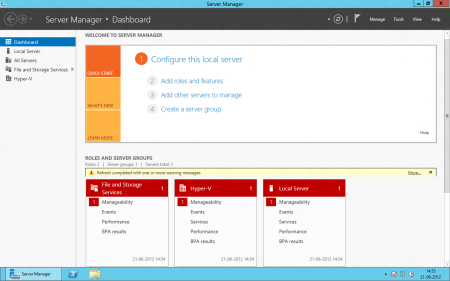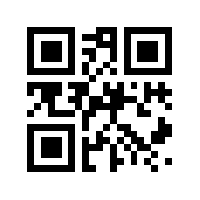Whether you like it or not, or if you are aware or not, in a unprecedented sea change Microsoft is gearing up for some huge rollouts in its computing software platforms and mobile devices starting this fall. Every major product line is getting a huge update, almost all at the same time. This is unheard of at Microsoft. Rollouts like this usually are months apart, something has changed in Redmond (read..Apple envy) for the better or worse, so get ready. Here is a quick run down of what is publicly known.
Windows 8

Lets get the big one out of the way first. Windows 8 will be released publicly on October 26th. The touch centric operating system is a radical departure from the Windows we are all familiar with. Features like the Metro interface and its own Windows App store are the dominant ones, but there are also many changes under the hood as well. Such as faster boot times, better multitasking, a simpler UI, better cloud services integration, ARM processor support and live booting from a USB stick (Called Windows To Go) are sure to please. It looks like the end of the desktop is not far however, as our old friend the start button has been eliminated. Look for Microsoft to push big time into the tablet space with this initiative, especially since revealing their own tablet called Microsoft Surface. We’ll see how consumers and corporations take to this new way of computing. My guess is that corporations will stick with Windows 7, and consumers may give it a lukewarm reception. My own experience playing with the consumer preview on a traditional computer with mouse and keyboard was not so impressive for me.
Office 2013

Shortly afterwards (at least as conjectured at this point), Microsoft will release its new version of Office, aptly named 2013. Another major overhaul of a product that many use everyday. It too will be a touch centric software platform and have many new features to fit in with Microsoft’s new ecosystem. While there are no new apps necessarily, the ones we use all the time like Word, Excel, Outlook, PowerPoint and the like will still be there but the shift in focus will be changing from a locally installed product to a software as a service model. In other words, one could buy a monthly subscription to Office, and be able to install across multiple devices with that same subscription. Along side with this subscription, Microsoft’s theory is that no one will be tied to a single computer anymore, hence the default setting for saving all files into the cloud, also called Skydrive. Other major new features also include handwriting recognition conversion to text (Inking), built in Skype client which they bought last year, new reading and editing functions in Word, native PDF editing, and a new Presenter View in Powerpoint. They are also pushing a social networking aspect for Office as well, although I’m not sure how relevant that is to a business environment. Another big change is compatibility. In an Apple like move, Office 2013 will not run on Windows XP or Vista. Now that is a gutsy move, in the past Microsoft would always make its products backward compatible.
Server 2012

Available sometime in September 4th, the successor to Windows Server 2008 R2 (yes that’s a mouth full) and companion to Windows 8 will bring the emphasis to cloud technologies and tighter integration with both local and off site platforms. Here also Microsoft has simplified and pared it down to only four flavors, Foundation, Essentials, Standard and Datacenter. Notice the one important product line is missing? That’s right, Small Business Server is no more, as well as Itanium processor support. As with Windows 8, the main user interface is now ‘Metrofied’, with an emphasis on managing multiple servers from one place known as the Dashboard. Windows Powershell has been ramped up to be even more powerful, and there is a new file system called ReFS which improves on NTFS. This will not be in Windows 8 however. There will be of course a new Hyper-V, Active Directory, a new remote access system called DirectAccess and many other improved or changed services that have been previously available, way more than I have time to go through here.
So there you have it in a nutshell. Microsoft is slowly but surely taking this ship in another direction, whether or not it is accepted by its customers remains to be seen . To quote Ned Stark in Game Of Thrones..”Winter is coming.”

